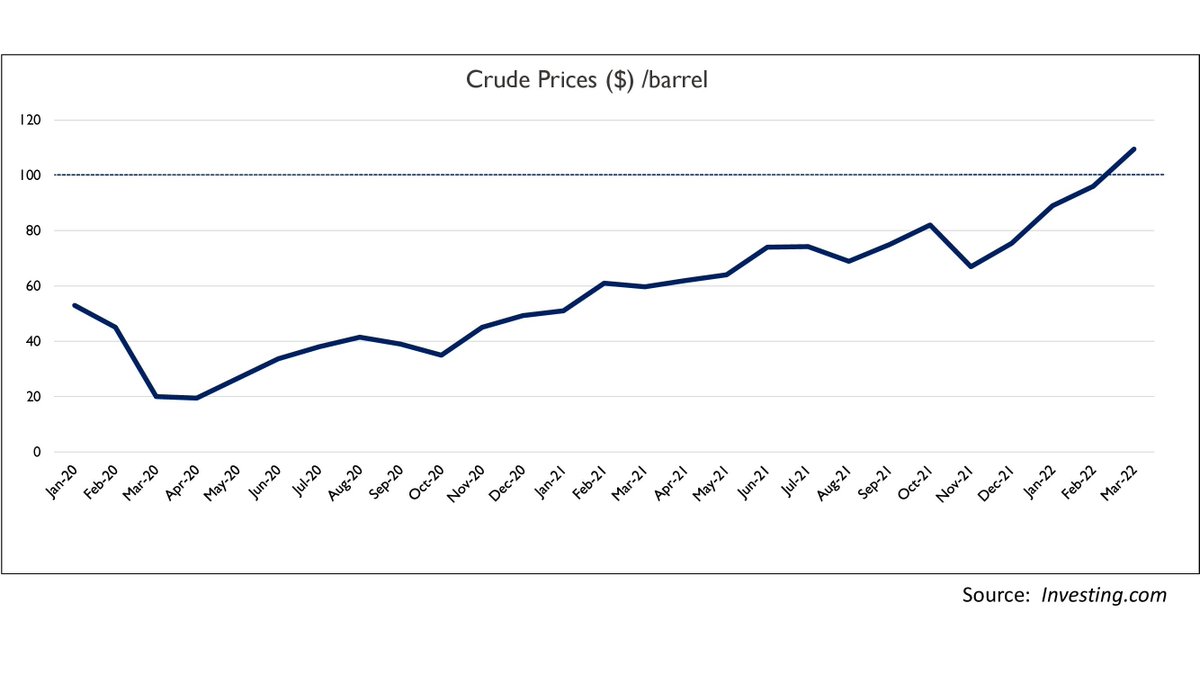
Thread on #CleanSciences & #CamlinFineSciences 🧪🧪
Like & Retweet max reach !
Read other articles on chemical sector :
valueeducator.com/basics-of-chem…
What is Competitive advantage ?
“A condition or circumstance that puts a company in a favourable or superior business position”.
Like & Retweet max reach !
Read other articles on chemical sector :
valueeducator.com/basics-of-chem…
What is Competitive advantage ?
“A condition or circumstance that puts a company in a favourable or superior business position”.
A business is said to be on a competitive advantage when it could offer the same product to consumers which the competitor offers but at substantially lower prices, thus benefiting the consumer on cost benefits and cutting down the competition by lowering the margins.
The arbitrage of margins between two companies depends on the process innovation and reduction in manufacturing cost.
Clean sciences technology ltd and Camlin fine sciences ltd are two prime examples for the above case study.
Clean sciences technology ltd and Camlin fine sciences ltd are two prime examples for the above case study.

Both the companies manufacture performance chemicals and food antioxidant products, however one has a competitive advantage over the other as both of the companies follow different methods of manufacturing.
If we understand the value chain, CSTL manufactures the antioxidant products from anisole route and CFS uses the hydroquinone route. With the help of anisole route, CSTL is able to bag the operating margins above 50% but CFS is struggling to sustain the 15% margins level.
So why not CFS start using the anisole route and stop the hydroquinone route?
Conventionally, anisole was synthesised by reacting sodium hydroxide with phenols, however CSTL has developed the proprietary technology to manufacture anisole from vapour phase technology.
Conventionally, anisole was synthesised by reacting sodium hydroxide with phenols, however CSTL has developed the proprietary technology to manufacture anisole from vapour phase technology.

The phenol undergoes vaporisation in the presence of a catalyst which is only known by CSTL resulting in their key product anisole. It occurs in a one step reaction thus the cost of production is low.
The anisole is further integrated to manufacture value added products i.e MEHQ and BHA.
Camlin fine sciences lacks the knowledge of the use of catalyst and vapour phase technology and still follows the conventional route to manufacture MEHQ from hydroquinone.
Camlin fine sciences lacks the knowledge of the use of catalyst and vapour phase technology and still follows the conventional route to manufacture MEHQ from hydroquinone.

One major drawback while manufacturing hydroquinone from phenols is that a by-product is created in larger quantities i.e catechol. Catechol has limited applications compared to MEHQ and BHA, thus the demand is low and keeps on adding in the inventory.
If the demand for hydroquinone increases, the production also increases followed by the generation of catechol.
CSTL is further introducing TBHQ and PBQ. TBHQ is a product in the antioxidant basket and demanded by the existing customer
CSTL is further introducing TBHQ and PBQ. TBHQ is a product in the antioxidant basket and demanded by the existing customer

so that all the antioxidants are procured from a single supplier. This will result in increasing wallet share with existing customers and taking the market share from existing competitors. However, both the products will be manufactured from hydroquinone route and not through
anisole route but using catalytic oxidation technology. CSTL is under no plans to backward integrate the hydroquinone value chain because of the extra by-product alongside i.e catechol.
Directly procuring hydroquinone from the open market is economically beneficial as it is a commodity product.
PBQ is imported in India and the manufacturing of the product will result in import substitution. CSTL is developing a PTZ product which is a very important antioxidant but they aren't yet successful in developing the technology yet.
Technocrat promoters and expertise to handle catalytic chemistry gives the CSTL competitive advantage over CFS. The picture for clean science looks positive, however, one should not forget Charlie Munger's ‘Inversion” mental model.
The technology which is used by CSTL is not patented which makes them highly prone to threat of infringement of technology. Also, in recent updates from camlin fine science management, it is mentioned that CFS is working on anisole route to manufacture
their products. CFS has also shifted the manufacturing units from overseas territory to India which will benefit on cost of production.
If CFS successfully implements the anisole technology, similar margins of CSTL will be expected by CFS. The risk to reward ratio for CSTL stands very high and so are the valuations.
Read other articles on chemical sector :
valueeducator.com/basics-of-chem…
Read other articles on chemical sector :
valueeducator.com/basics-of-chem…
• • •
Missing some Tweet in this thread? You can try to
force a refresh





